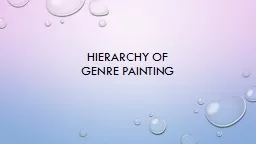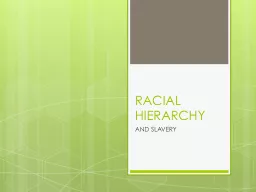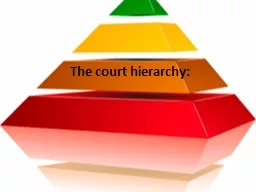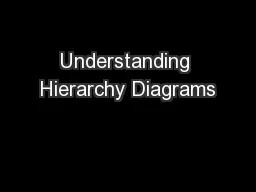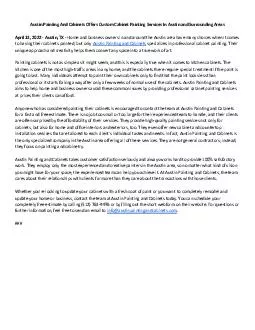PPT-Hierarchy of Genre Painting
Author : liane-varnes | Published Date : 2018-11-28
1 Still Life 1 A still life is a work of art showing mostly inanimate subject matter 2 Still life Objects are categorized into 2 groups natural
Presentation Embed Code
Download Presentation
Download Presentation The PPT/PDF document "Hierarchy of Genre Painting" is the property of its rightful owner. Permission is granted to download and print the materials on this website for personal, non-commercial use only, and to display it on your personal computer provided you do not modify the materials and that you retain all copyright notices contained in the materials. By downloading content from our website, you accept the terms of this agreement.
Hierarchy of Genre Painting: Transcript
Download Rules Of Document
"Hierarchy of Genre Painting"The content belongs to its owner. You may download and print it for personal use, without modification, and keep all copyright notices. By downloading, you agree to these terms.
Related Documents

